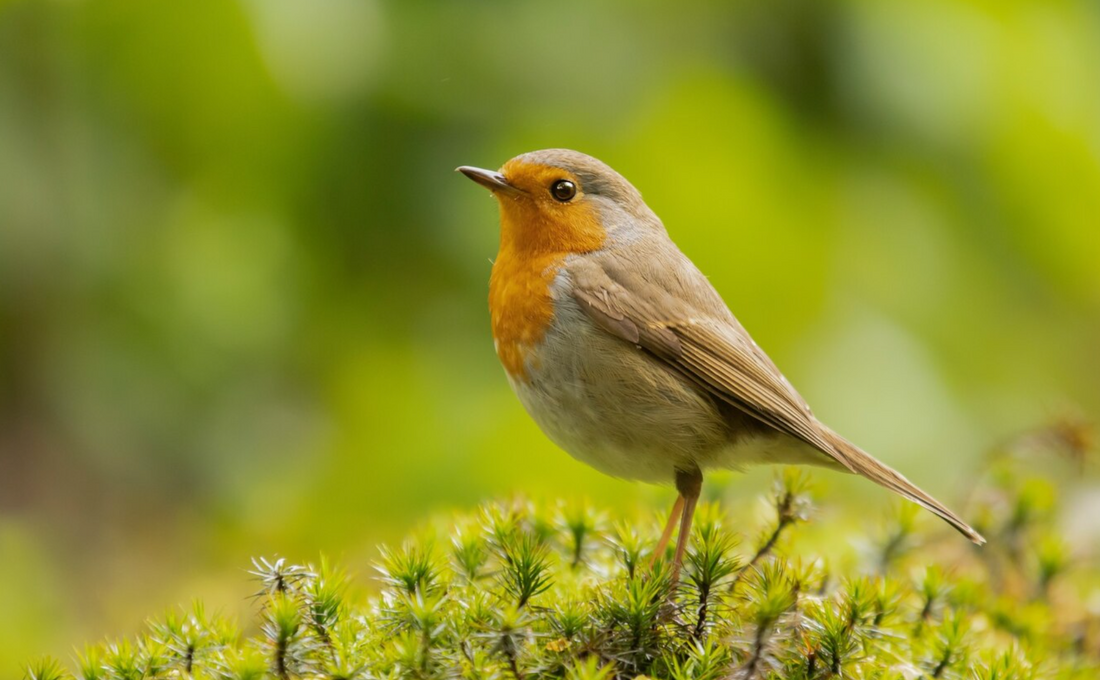
I need a HERO!!! Looking after Wildlife this Winter.
Isabelle ByrneShare

November ends next week, can you believe it? I certainly can't, Halloween was only yesterday, right?
As November draws to a close, and with December on its way, the slightly chillier Winter weather is getting ready to take centre stage (the drama queen). But whilst we can start to enjoy getting cosy in our Winter snugs, drinking those delicious mugs of hot chocolate, and getting toasty by the fire, our quirky little outdoor neighbours will start to struggle. Winter causes natural resources, such as food and shelter, to become much more scarce. Not all is lost though... they've got us to help them out.
Below you'll find easy but effective ways you can protect wildlife this upcoming Winter. Enjoy!

Frozen ponds can be hazardous to many animals hibernating at the bottom of the water, such as frogs and fish. This is due to toxic gases forming in the water.
The solution? Make a hole in the ice!
Be sure to never forcefully break the ice, or pour boiling water onto the ice, instead place a pan of hot water upon the pond's surface and slowly melt a hole.

During Winter, birds often retreat to our gardens in search of food. Diets vary depending on the bird species, so stocking your garden with an array of bird foods like grains, nuts, and seeds is hugely important. RSPB recommends calorie-rich foods like peanuts, fat balls, porridge oats, and rice.
Birds need a regular supply of food during Winter, so be sure to provide a consistent feeding service. Regularly refill your bird feeders and place them in 'bird-friendly' environments like bush, tree, and shrub areas so that birds aren't as easily targeted by predators.

Finding fresh water is a tricky task for wildlife during Winter. But no worries, that's easy to combat. Turn to your ponds and water features ladies and gentlemen!
Remove all fallen leaves from your pond and water features; that'll stop them from sinking and rotting, which can cause dangerous chemicals to build up and have a negative impact on wildlife.
Touching on our earlier discussion about breaking ice on frozen ponds, you can also break the ice at the edges of the pond to give birds and frogs- along with other wildlife, access to fresh water. Putting out birdbaths too will help keep them hydrated, as well as grant birds in particular, the opportunity to spruce up their feathers.

Got any piles of leaves or brushwood handy? Use them to form nests for animals to take shelter and hibernate in. A brucey bonus for you is that doing this means you don't have to worry about tidying up your shrubs and garden borders until Spring (sounds good to me). Compost heaps aren't a bad shout either; they're perfect for housing toads, frogs, and other animals.
And how about our buggy friends? Investing in insect and bug hotels is great for sheltering insects, including overwintering ladybirds. Let's not forget hollow-stemmed and herbaceous plants... when left unpruned until Spring, these plants can provide habitats for many overwintering insects.
Should you need any further advice on how to care for wildlife during Winter, then feel free to pop into Langton Greenhouse and Garden Centre. Our horticultural staff will be more than happy to assist you.
Until then... be the hero you always knew you were and protect wildlife today!
